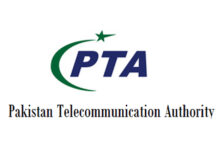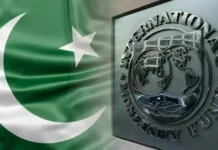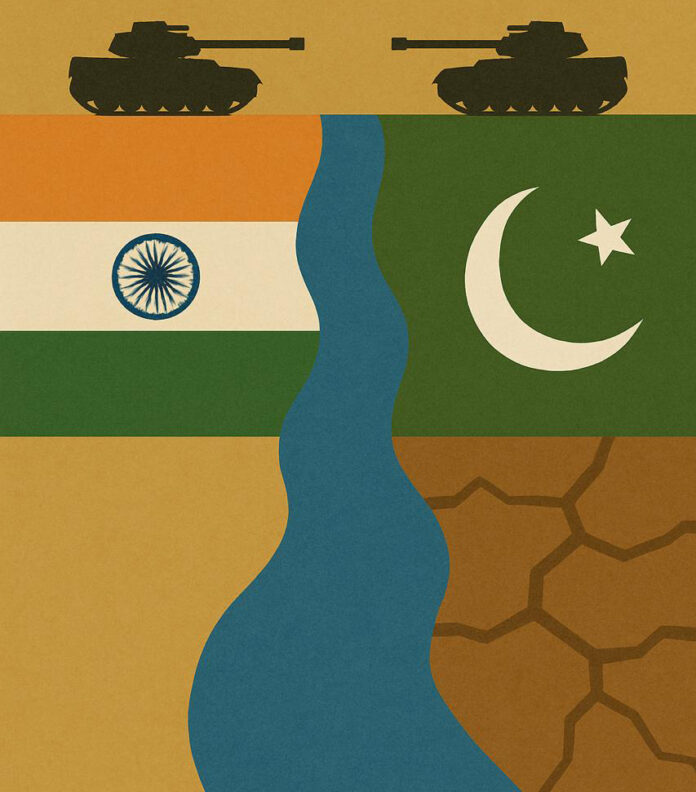In 1950, the American lawyer David Lilienthal travelled to Pakistan and India to report on the emerging disputes between the two new nation states. Lilienthal was a prominent public servant in the United States. In the post war atomic era, he had been appointed to lead the United States Atomic Energy Commission. His visit to India and Pakistan, however, happened because of his credentials as director of the Tennessee Valley Authority, where he was responsible for managing flood control on the Tennessee River and charting plans to harness this mighty river for hydroelectric power.
During his time in the two countries, Lilienthal made some decisive observations. In a report written for Collier’s Magazine, he claimed that the Kashmir dispute was intractable, but there were other areas of mutual concern of the two nations where agreement could be found – such as the allotment of the water of the Indus River. The issue of water, Lilienthal felt, was the most vital to the future stability of the region, and it was Pakistan in particular that stood threatened.
“No armies with bombs and shellfire could devastate a land so thoroughly as Pakistan could be devastated by the simple expedient of India’s permanently shutting off the source of waters that keep the fields and people of Pakistan green,” he wrote in a report that would later become vital in efforts by the World Bank to broker the Indus Water Treaty of 1960.
That devastation is now knocking at our door. The content in this publication is expensive to produce. But unlike other journalistic outfits, business publications have to cover the very organizations that directly give them advertisements. Hence, this large source of revenue, which is the lifeblood of other media houses, is severely compromised on account of Profit’s no-compromise policy when it comes to our reporting. No wonder, Profit has lost multiple ad deals, worth tens of millions of rupees, due to stories that held big businesses to account. Hence, for our work to continue unfettered, it must be supported by discerning readers who know the value of quality business journalism, not just for the economy but for the society as a whole.To read the full article, subscribe and support independent business journalism in Pakistan
























